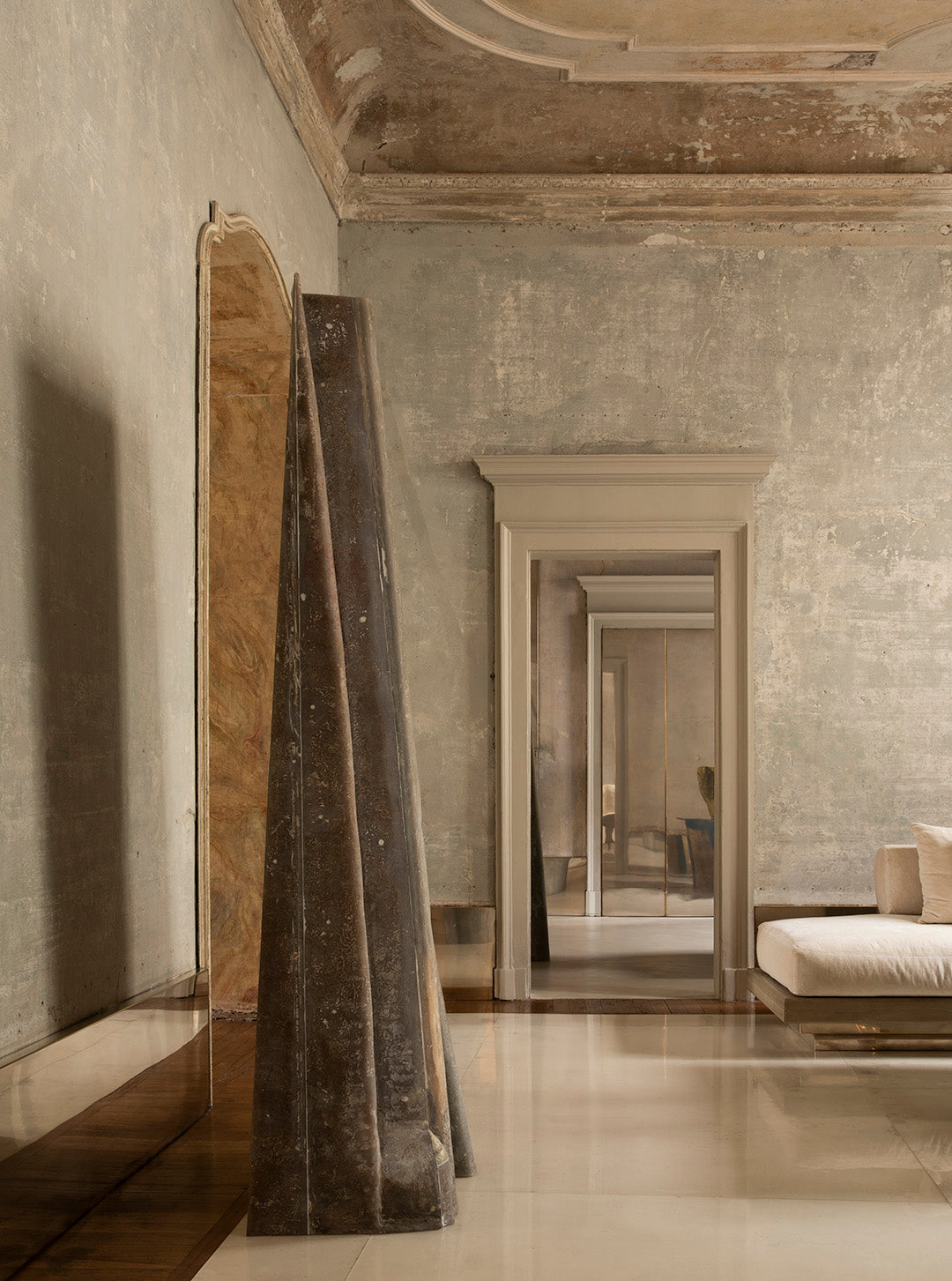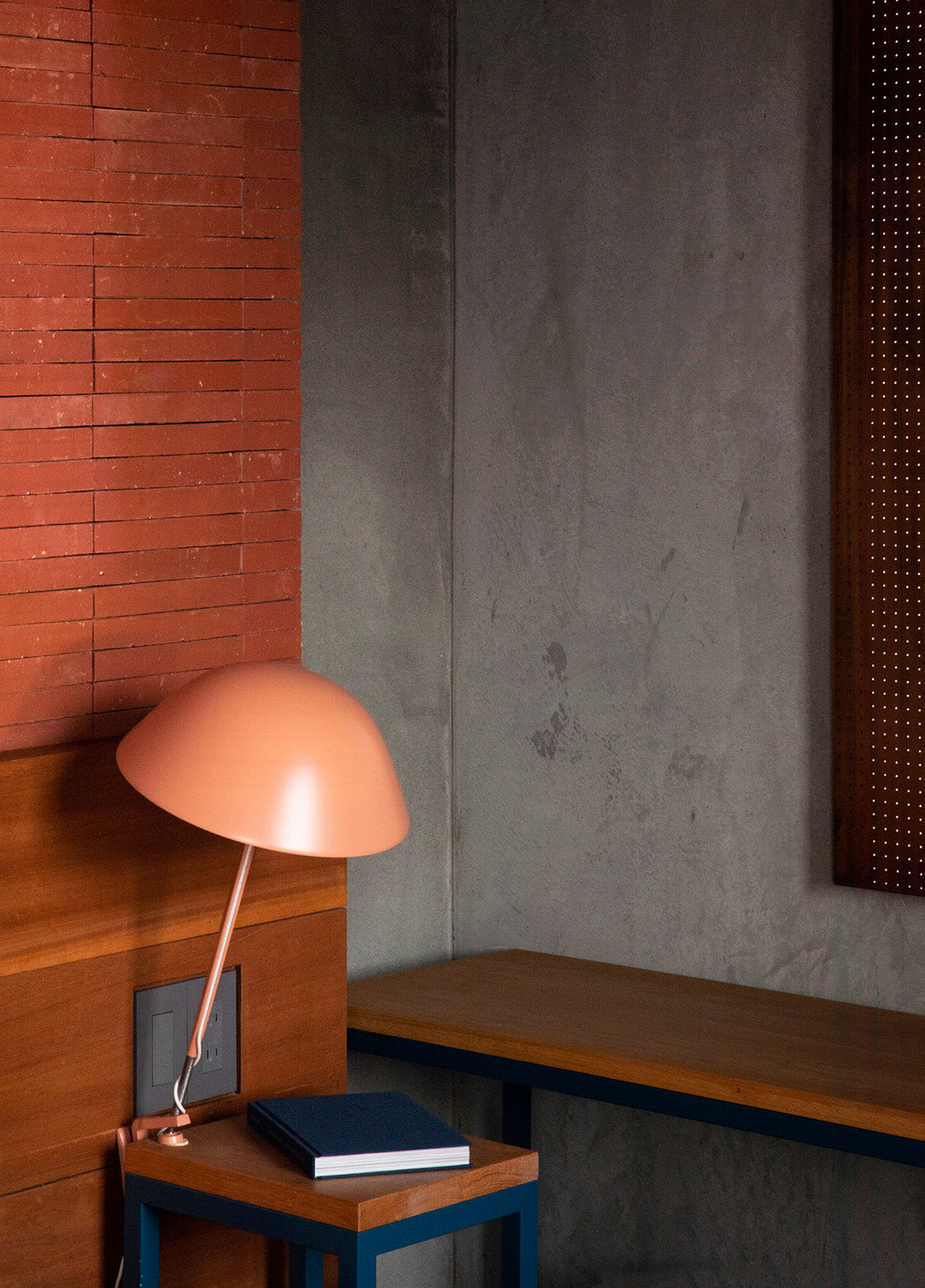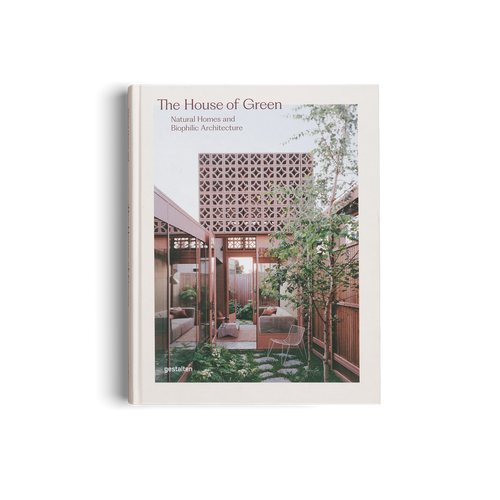
09/2019 architecture & interior visual culture
An introduction to haptic design by John Clifford Burns
What makes design beautiful? The answer is often that beauty lies in the eye of the beholder, and in the age of Instagram and Pinterest, it may appear to be true: photo-driven social media platforms have proliferated the allure of interiors and architecture to over a billion users, to the extent that many businesses, public points of interest and even homes—thanks to Airbnb—are reconfiguring their designs to harness the sales power of pretty pictures.
In reality, narrowing design and experience down to only its strongest visual vignettes offer a blinkered outlook. In The Touch, creative collaborators Norm Architects and Kinfolk present an alternative: that good design is not only visually appealing but engages all of the human senses.

Designer Vincenzo de Cotiis makes the case for not meddling with raw beauty. His 18th-century Milanese home is an homage to his fascination with aging objects. (Photo: Christian Møller Andersen)
“What is the most important tenet for architecture is the capacity to imagine experiences and feelings,” the architect and pioneer of haptic design theory Juhani Pallasmaa tells us in this book. “Atmosphere, meaning the overall impression of a place, is processed through all of the senses in the same way that we sense the weather. It is a complex phenomenon, but also simply an experience.”

A sailboat arrives to take Hoshinoya's hotel guests downriver to a bygone river. Untouched nature obfuscates any signs of the modern city, this Azuma Architects structure sits outside of Kyoto, Japan. (Photo: Jonas Bjerre-Poulsen)
As such, the pages of this book invite you to consider how, for example, the material palette of a Danish design showroom might compel you to reach out and touch, rather than take a photograph; how a well-tended garden outside of Mumbai may smell pleasantly fragrant; how a trickle of water in a Kyoto ryokan may sound soothing or offer refreshment; and how the people who share all of these spaces contribute to each other’s sense of self. It’s a principle that guides the work of both Copenhagen practices that have authored this book. Norm Architects, whose architectural and interior design projects are informed by the body and mind rather than by trends or technology; and Kinfolk, whose quarterly magazine, books, and other pursuits explore quality of life and promote living with awareness and intention.

The color scheme for the penthouse in Bijuu Residence, Kyoto, Japan, uses the red bricks that were unearthed during the renovation of this former family home. (Photo: Jonas Bjerre-Poulsen)
Over the following chapters, The Touch presents five essential building blocks of human-centric design—light, nature, materiality, color, and community—and welcomes you into over 25 homes, hotels, shops, museums and schools around the world that exemplify how these haptic design elements can heighten the human senses and provide a richer quality of experience. For only when each sensor sends information to the brain do we fully understand and perceive the world around us in its entirety.
The Touch―Spaces Designed for the Senses by Kinfolk & Norm Architects,
published by gestalten.













